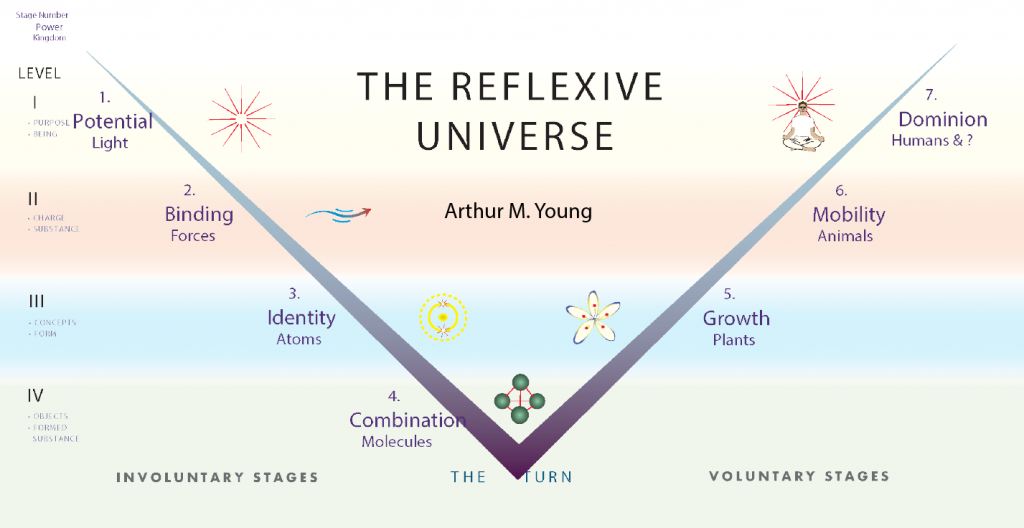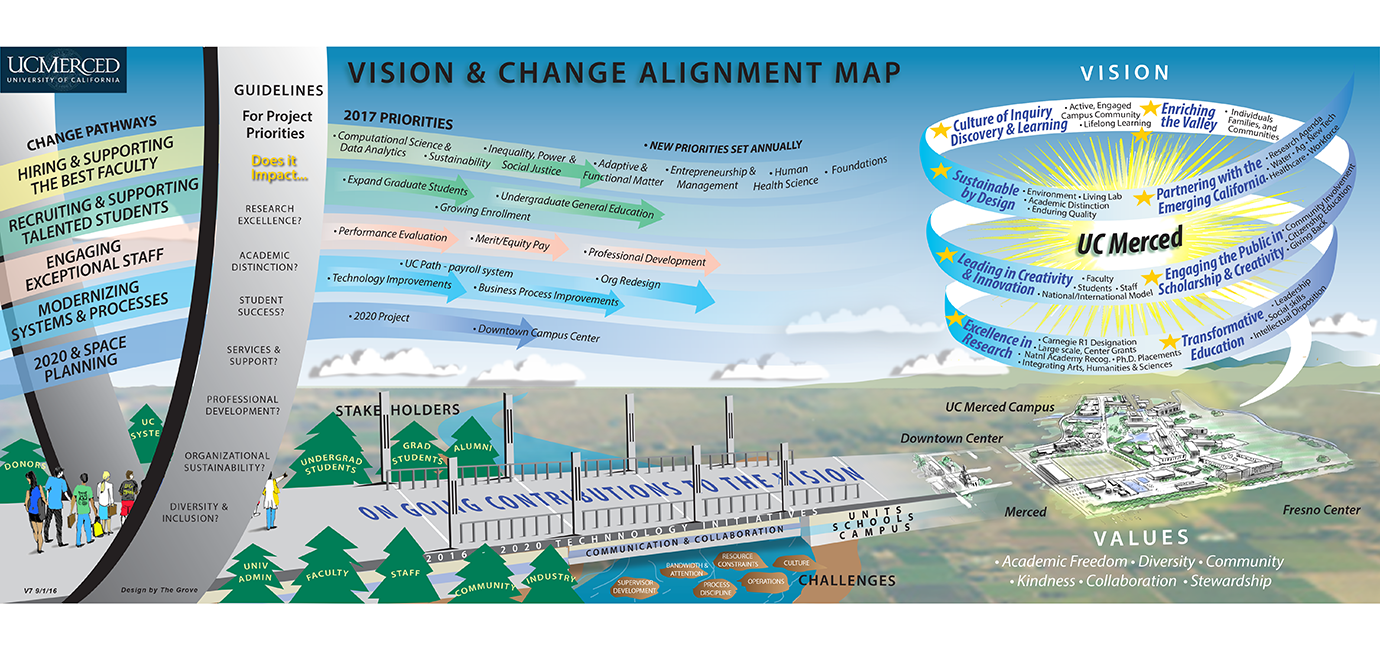Jan 05, 2025
As the son of a minister, I can’t get through the holidays without thinking about the swirl of myths and stories that surround Christmas. This year I experienced them in a new way and want to share how this is landing for me.
As I write I’m concluding my 204th Journal that began August 4 and is titled, “Walking with Jesus.” I always name a journal to provide a high-level theme for the next months. To understand why I chose this one I need to share a story.
 But before I do, I invite you to notice what gets called up for you with just these words. What is your experience with the word “Walking?” What does “With” mean to you? And then there is the loaded word, “Jesus.” I say loaded because few people have had more writing, dramatizations, prayers to, and art about than Jesus. I wouldn’t be surprised if you had very little idea of what I’m personally meaning by any of these words. I invite you to read on with an open mind if possible.
But before I do, I invite you to notice what gets called up for you with just these words. What is your experience with the word “Walking?” What does “With” mean to you? And then there is the loaded word, “Jesus.” I say loaded because few people have had more writing, dramatizations, prayers to, and art about than Jesus. I wouldn’t be surprised if you had very little idea of what I’m personally meaning by any of these words. I invite you to read on with an open mind if possible.
My journey began with Birkenstock sandals that my wife Gisela gave to me because my favorite sandals had worn out. By nature, I have a lot of energy. I like to move and feel like I’m getting somewhere quickly. But these new sandals don’t support being fast. They support a nice, mindful walking. At first, I wasn’t sure I liked them.
My thinking about religion and faith was reactivated reading an award-winning science fiction novel called The Sparrow, by Mary Doria Russell. It involves a Jesuit priest who finds and loses his belief in God in a first ever encounter with aliens on a planet near Alpha Centauri. Russell’s writing is a marvelous exploration of the role of spirituality’s interaction with religious orthodoxy and I found myself thinking of my own experience with Protestantism.
I mentioned this book in our Global Learning & Exchange Group at one Friday morning Café and one of our members suggested, that if I were interested in the role of faith in one’s life, I might watch The Chosen, a four-season mini-series exploring the life of Jesus Christ and his disciples. While the story maps to the scriptures, the portrayals of the disciples and their group dynamics is fictional and very contemporary. And Jesus, as the main character, is played by Jonathan Roumie, a relatively unknown actor until this role, in a depiction that is human and accessible. We ended up watching all four seasons over a period of weeks. (The story of this series is something on its own, crowdsourced at about $1million and attracting over 100 million viewers worldwide.)
One evening after watching I was taking the garbage out, wearing my new sandals, and as I walked slowly in the dark, I felt like I was in Galilea, walking like Roumie was walking, and allowed myself to imagine I was, for an instance, the embodiment of Jesus walking along.
I was very surprised at the feelings I was having. The key understanding here is what I mean by embodiment. I mean having an internal, sensory body feeling that is pervasive. It isn’t like thinking about something.
All during my early years I prayed to Jesus, attended church and Sunday school, and read the scriptures, but I did not experience embodying Jesus. He was a figure that was clearly “not me.” I had many questions about how a person could rise from the dead, be the result of a virgin birth, and be compassionate even when being tortured. But the overall image was of a loving, forgiving person who believed that all people could experience divine energy and guidance, what he called the “Kingdom of Heaven.” I was taught I could pray to him and that he might be able to provide guidance.
My questioning increased in college, however, and I fell away from the church in the process of differentiating from my parents. College emphasized rational thought, science, analytic philosophy, and political awareness. It was the time of assassinations, movements, protests, and the Vietnam war. I and most of my friend were very upset and losing faith in many institutions including the church. I went into journalism following my own questioning and trying to make sense out of the world, but it was primarily and intellectual exercise.
I didn’t come back around to faith and my own spiritual life until my 50s, when I began vision questing and working with a Jungian therapist named Chayim Barton. In addition to being deeply knowledgeable about Jewish mysticism, he was a student of a Tibetan rinpoche, Lama Yeshe, who came to teach at UC Santa Cruz in the 60s. Chayim went on to get a Ph.D. in psychology comparing the work of Carl Jung to the six yogas of Naropa, a central part of the Gelug tradition he studied with Lama Yeshe.
Chayim had been encouraged to share his Tibetan knowledge, staying faithful to the traditions of transmission in passing along the meditations. I wanted to know about this path so Chayim introduced me to a meditation on Avalokiteshvara, the deity of compassion and the antidote to the Buddhist poison of aversion or hatred. This archetype is considered to be resonant with Jesus, Quan Yin, Buddha, and other deities modeling compassion. I worked with this meditation frequently for more than a year.
Without describing the actual meditation, I can say that a central feature is to fully imagine the deity and all its attributes, and then embody its energy and imagine all its attributes activating in one’s own nervous system and feelings. In this case, the focus is on feeling and sending out love to all sentient beings.
Chayim himself was a product of an active meditative life and an embodiment of a loving, healing person. His nonjudgemental, sensitive way was deeply inspiring to me. Unfortunately, he died at age 58 in a bicycle collision with a truck on a foggy Capitola morning, but his teaching and modeling persists.
In 2018 Gisela and I began studying with Thomas Hübl, an Austrian mystic and spiritual teacher initially helping Germans deal with war trauma and now teaching worldwide. He embodies love and compassion in a remarkably impeccable way, creating group fields of acceptance and healing in his process that have opened many to a new relationship with their own souls. He does not describe himself as a Christian but is openly inspired by the example of Jesus.
In 2023, Gisela and I were able to attend a week-long retreat in India with Patrick Conner, another spiritual teacher from the UK who teaches about reconnecting with light and love and unwinding the tribal conditioning that keeps us from true self-acceptance and joy. He too embodies love, compassion, and non-judgement without holding a religious association with Christianity.
If you can imagine me overlaying memories of Chayim, Thomas, and Patrick with my practice of embodying Avelokiteshwara, amplified by positive memories and stories from childhood and the dramatization of what Jesus might be like in the acting of Roumie, you might appreciate how this congruence of images might affect me.
Well, on that night taking out garbage, I decided to adopt “Walking with Jesus” as a meditation practice. It puts aside the historic story, the teachings, the church, and focuses on my inner feeling of compassion and an open heart, of feeling my connection with all other living beings. As of August 5, I stopped drinking completely so that was not in the way of my feelings. I also stopped drinking coffee. And the daily, even hourly meditation has had a real impact. I can now access the feeling of compassion even when I’m triggered and upset. I breath in the images and my body/mind responds.
I share this now because I want to walk differently into the coming months. I don’t want to experience a riptide of blaming and worry. I don’t want to pretend I know the future or borrow scary images of what it might be. I want to live day to day in alive response to all the people I meet, seeing their light, looking for and accepting emerging solutions to problems, and being a source of light myself. Of course, there is a lot of chopping wood and carrying water. And there is my knowing that in another time, another man called Jesus, was able to endure the entire Roman Empire and death itself by staying in touch with his divine source.

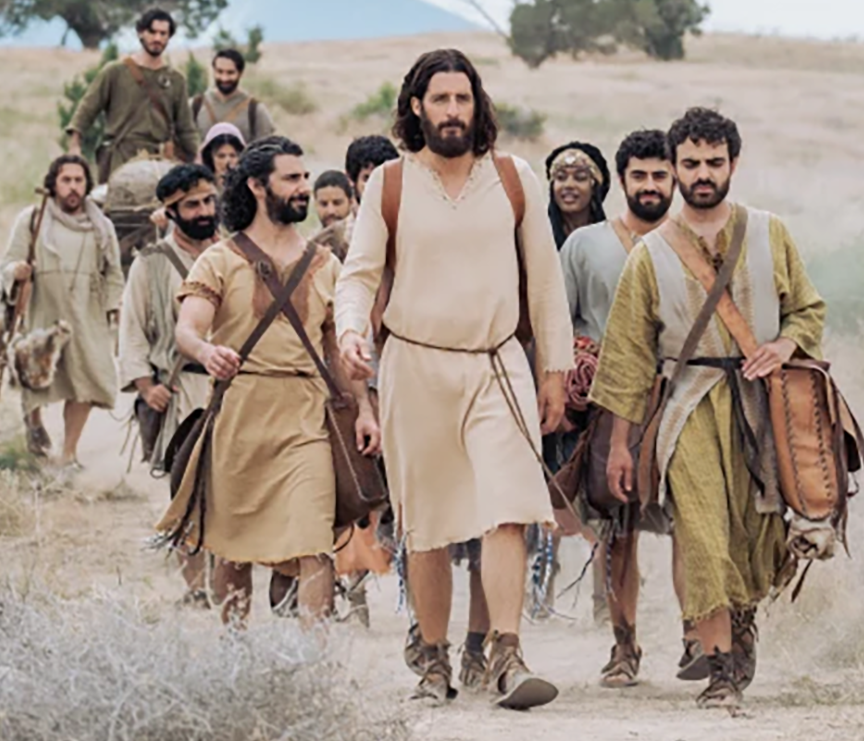 But before I do, I invite you to notice what gets called up for you with just these words. What is your experience with the word “Walking?” What does “With” mean to you? And then there is the loaded word, “Jesus.” I say loaded because few people have had more writing, dramatizations, prayers to, and art about than Jesus. I wouldn’t be surprised if you had very little idea of what I’m personally meaning by any of these words. I invite you to read on with an open mind if possible.
But before I do, I invite you to notice what gets called up for you with just these words. What is your experience with the word “Walking?” What does “With” mean to you? And then there is the loaded word, “Jesus.” I say loaded because few people have had more writing, dramatizations, prayers to, and art about than Jesus. I wouldn’t be surprised if you had very little idea of what I’m personally meaning by any of these words. I invite you to read on with an open mind if possible.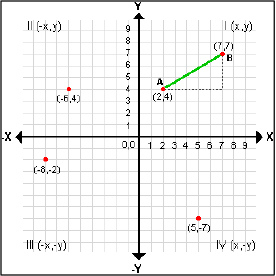 I’ve found that the shaping of our awareness by language extends to vis
I’ve found that the shaping of our awareness by language extends to vis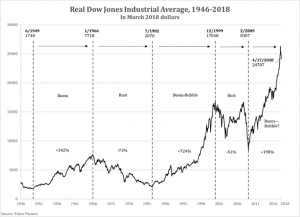 ual language and the mental frameworks we hold to explain things. The objectification of reality is supported, for instance, by our habit of displaying data on Cartesian coordinates, which portray the “0” point as nothing, and progress is up and to the right. If there is an icon for contemporary business it is the ubiquitous stock market graphic plotted on these coordinates.
ual language and the mental frameworks we hold to explain things. The objectification of reality is supported, for instance, by our habit of displaying data on Cartesian coordinates, which portray the “0” point as nothing, and progress is up and to the right. If there is an icon for contemporary business it is the ubiquitous stock market graphic plotted on these coordinates.